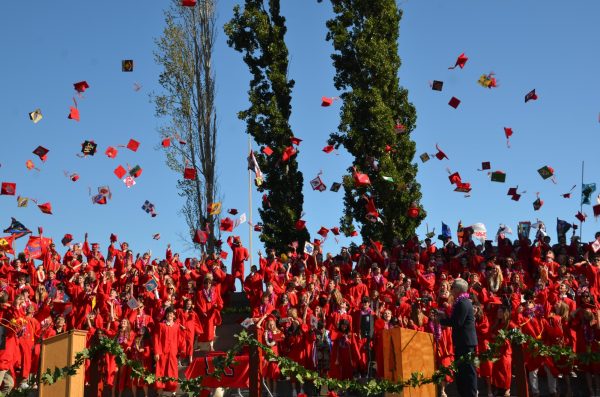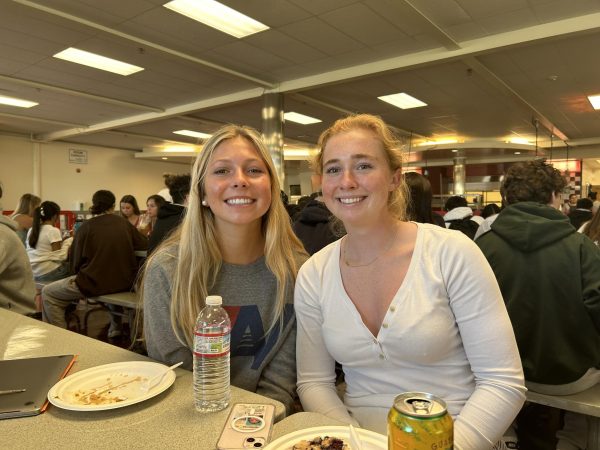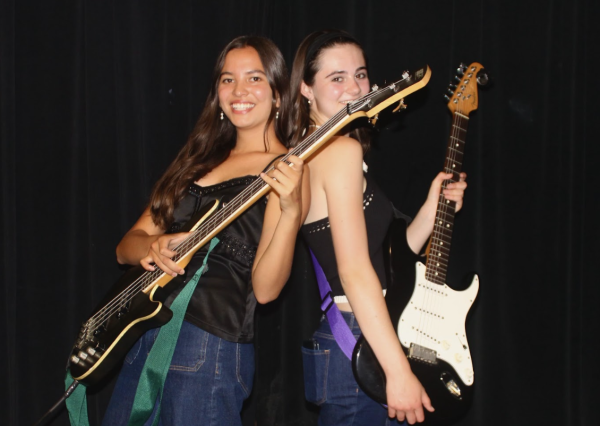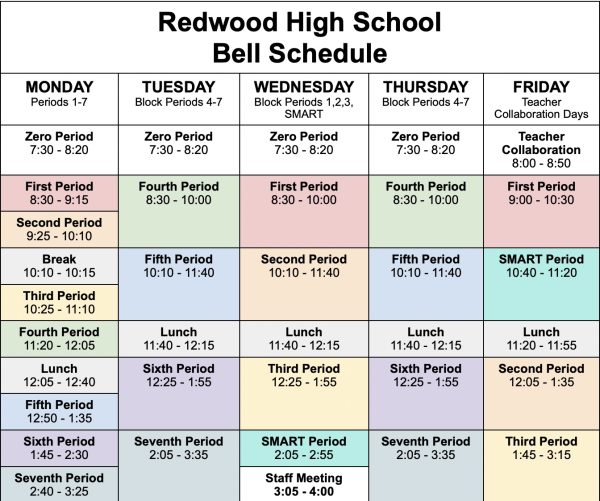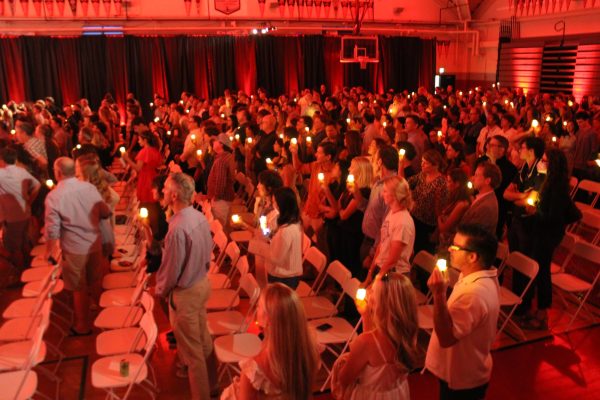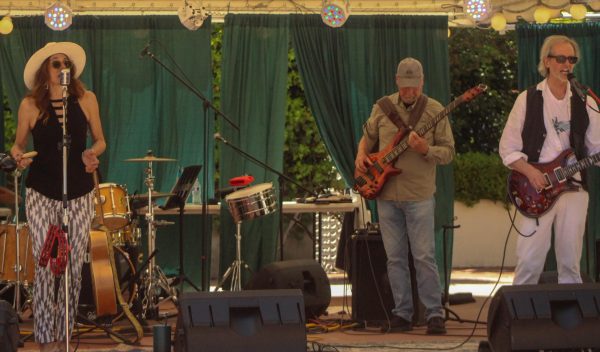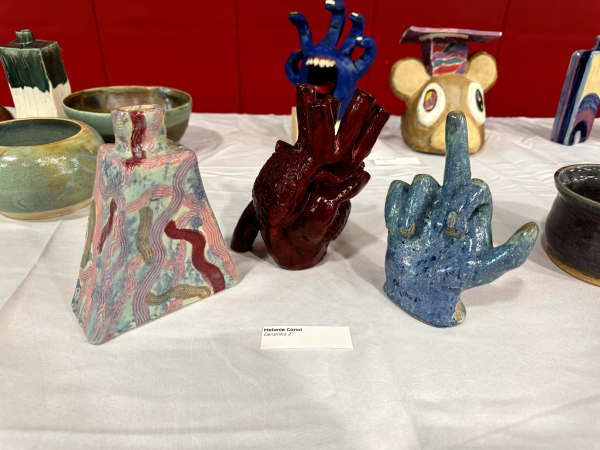CEA makes new sustainable changes to start the 2019 school year
September 25, 2019
With metal straws and Starbucks new sippy tops, sustainability in the food industry has become a prevalent topic around the Redwood community. Redwood’s Covered Eating Area (CEA) has followed this trend to help the environment even more this school year. After using plastic and non-compostable materials in previous years, the CEA has made changes resulting in practices better for the earth.
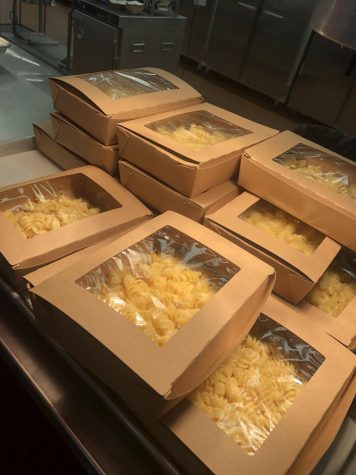
According to the Green Business Bureau, sustainable practices in the food industry are important factors in reducing human’s carbon footprint. They eliminate the need for petrochemical products, which are used to package food and require significant amounts of energy to produce. Packaging food in organic, compostable materials can be healthier for humans consuming the food as well.
While searching for ways to help Redwood become greener, Associated Student Body President Joshua Chan decided to start with the CEA due to the immense amount of trash that comes from it. Chan knew that becoming more environmentally friendly with food at school could benefit Redwood.
After coordinating with Lisa Herberg, the Tamalpais Unified High School District Director of Student Nutrition Services, the CEA has made several improvements.
The CEA is switching from a poly cup to a compostable cup with sippy lids to refrain from using straws and serving food in compostable bio view boxes (paper boxes with a space to view food) instead of non-compostable containers. To reduce the amount of plastic in the cafeteria, the CEA has eliminated plastic labels from food boxes and are using hot top trays instead of packing every meal individually. The CEA has also made an effort to serve food without unnecessary wrapping.
“Our bagels and our cinnamon rolls are no longer wrapped. [Before], they were wrapped in a foil wrap that was lined so you couldn’t recycle it or compost it. Now there is no wrapper getting thrown away,” Herberg said.
The CEA has not only changed the way food is served, but has implemented environmentally friendly practices in the kitchen as well. Herberg and the CEA staff now use reusable containers with lids rather than containers with unnecessary plastic.
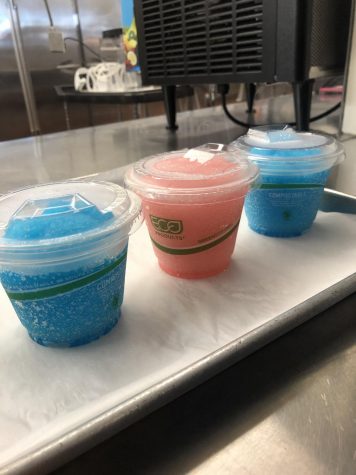
Sofia Ramsey, co-president of the Environmental Action Club says the new changes to the CEA will help the environment to a new extent.
“[Plastic] makes a huge impact. Last year we learned how plastic takes a long time to decompose, go into the ocean, effect the animals and go into habitats,” Ramsey said. The fact that the [CEA] is going more towards paper, which decomposes easily in soil, [will help] the animals living in those habitats.”
Chan agrees the CEA’s new sustainable ways will better the community as a whole.
“Looking at how many students go to Redwood and how many people eat at the CEA, that is already making a huge difference,” Chan said. “It’s setting an example to students showing that the school is doing something to help.”
After reducing most of the plastic from the CEA by changing the way food is served and packaged, Herberg says the CEA’s next goal is to get students to dispose of their trash in the proper composting, recycling and trash bins.








